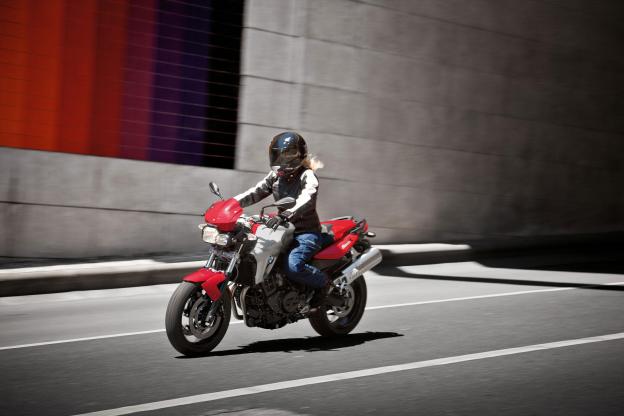 KITT and his sidekick David Hasselhoff have gotten us used to the idea of talking cars, but what about talking motorcycles?
KITT and his sidekick David Hasselhoff have gotten us used to the idea of talking cars, but what about talking motorcycles?
That is, motorcycles that can talk to each other. The University of Michigan Transportation Research Institute (UMTRI), in concert with the U.S. Department of Transportation and National Highway Traffic Safety Administration (NHTSA) are testing vehicle-to-vehicle communication (V2V) tech in cars under the Safety Pilot Model Deployment. Now, they want to try it out on bikes, too.
V2V-equipped vehicles use dedicated short range communication to orient themselves and track other moving objects. In theory, they will be able to identify an imminent collision and warn the driver.
Eight car manufacturers have already signed up for the program, and now they’re being joined by BMW and Honda motorcycles. V2V equipment for the bikes will be provided by Cohda Wireless, which supplied equipment for about half of the cars in the Safety Pilot Model Deployment.
Before the motorcycles are let loose on the road with V2V equipped cars, they’ll have to pass proof of concept tests to make sure they can communicate with each other and the environment.
If those tests are successful, the motorcycles will join up to 3,000 V2V-equipped vehicles on Michigan roads. Currently, UMTRI, NHTSA, and the DOT have earmarked 73 lane-miles of road around Ann Arbor for the tests.
The yearlong test will provide real-world data on the effectiveness of V2V, allowing carmakers and the federal government to make decisions about its utility as a crash-preventer, when used on both two and four-wheeled vehicles.
We’ll let you know what they find out when testing wraps up.


